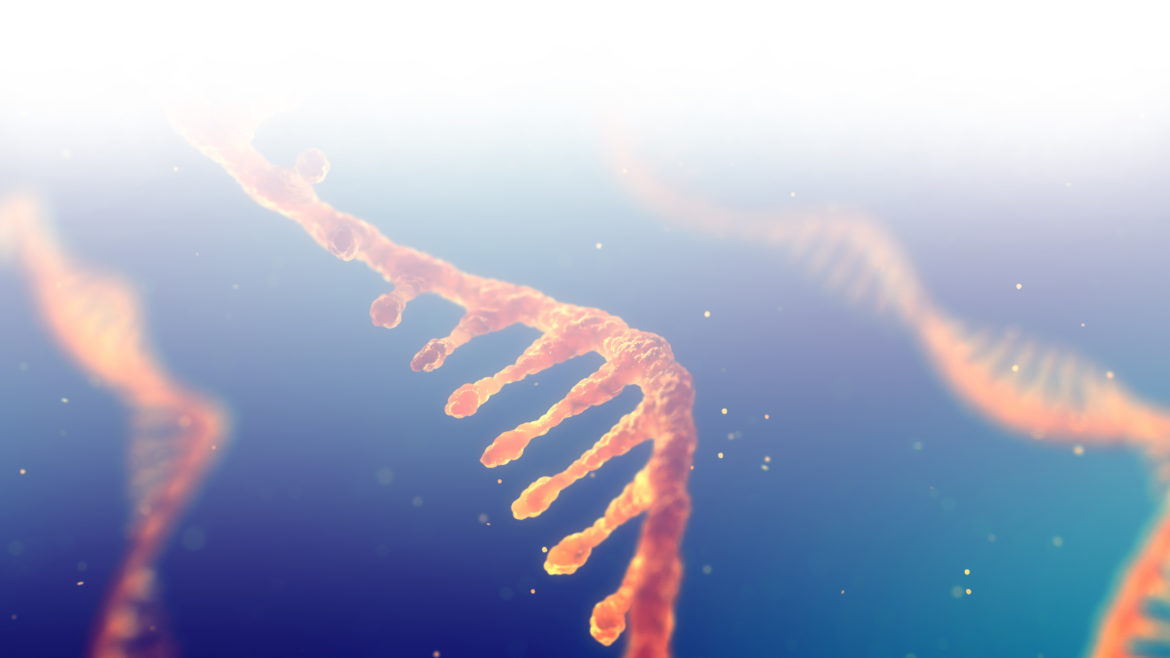New Guidelines Offer a Clear Path for Expandable Endoprosthesis Use in Post-Sarcoma Limb Reconstruction
New Guidelines Offer a Clear Path for Expandable Endoprosthesis Use in Post-Sarcoma Limb Reconstruction https://pediatricsnationwide.org/wp-content/themes/corpus/images/empty/thumbnail.jpg 150 150 Abbie Miller https://pediatricsnationwide.org/wp-content/uploads/2023/05/051023BT016-Abbie-Crop.jpgLimb salvage operation is the standard of care for pediatric extremity bone sarcomas. These tumors often occur during the second decade of life, when children are growing rapidly. Reconstructive surgeries must account for anticipated remaining growth and the potential for resulting limb inequity. Osteosarcoma and Ewing sarcoma are the most common primary malignant bone tumors,…





